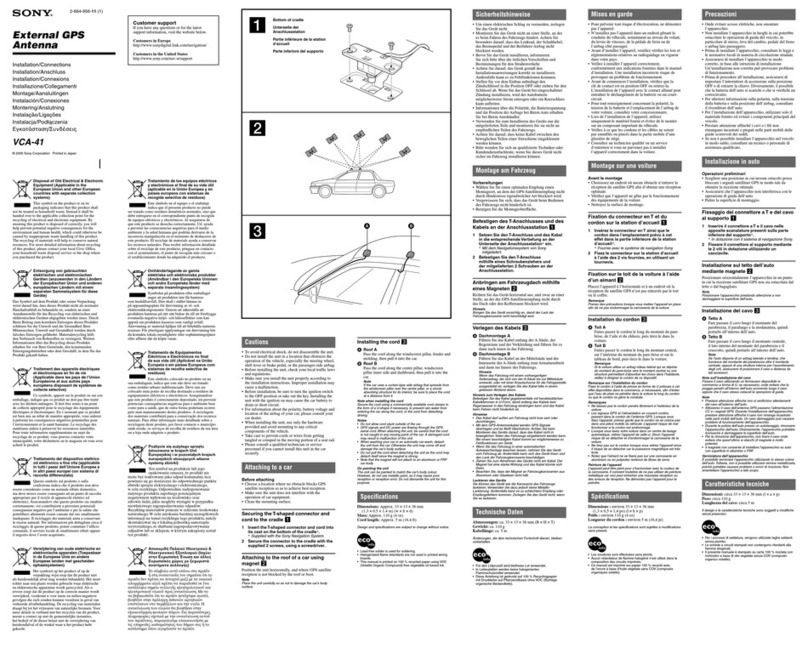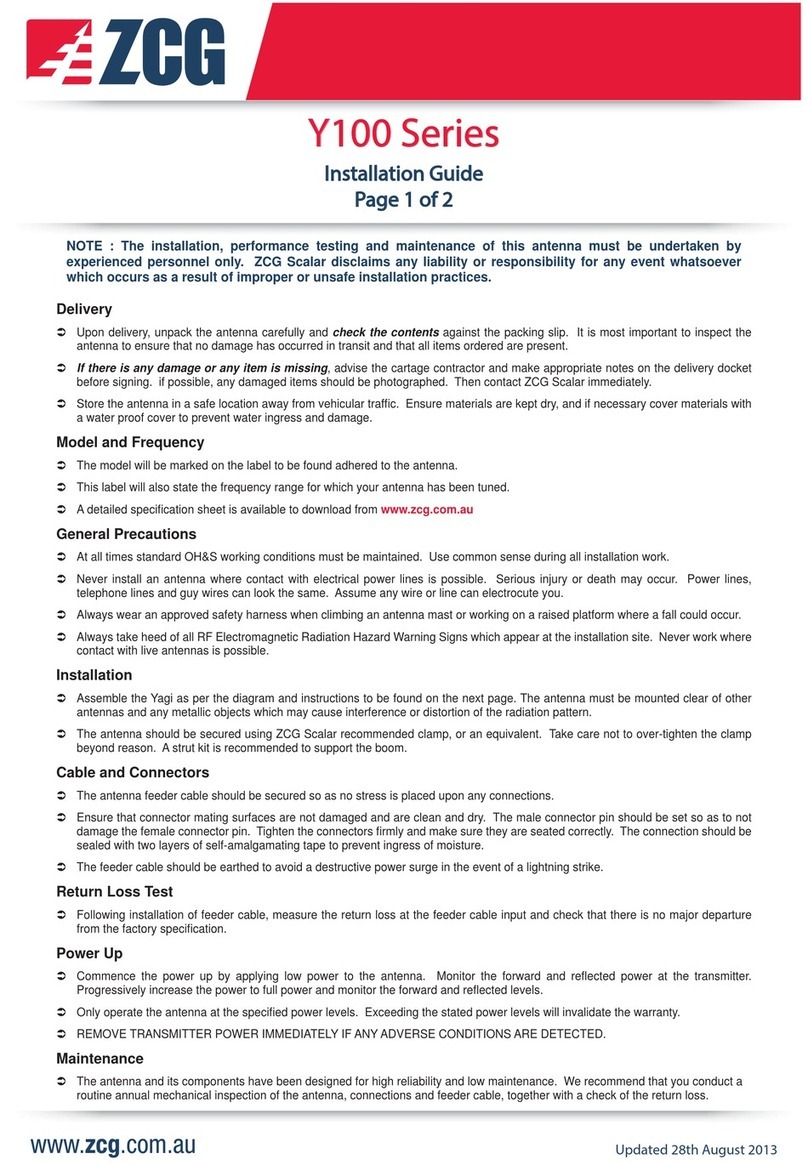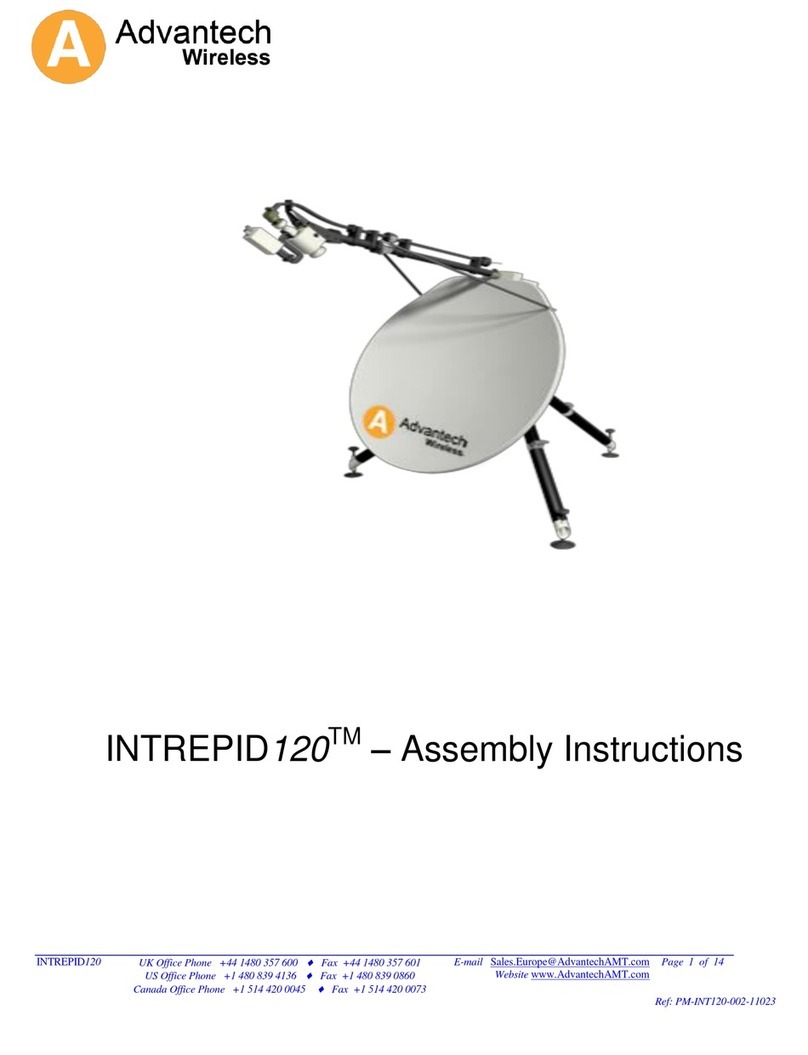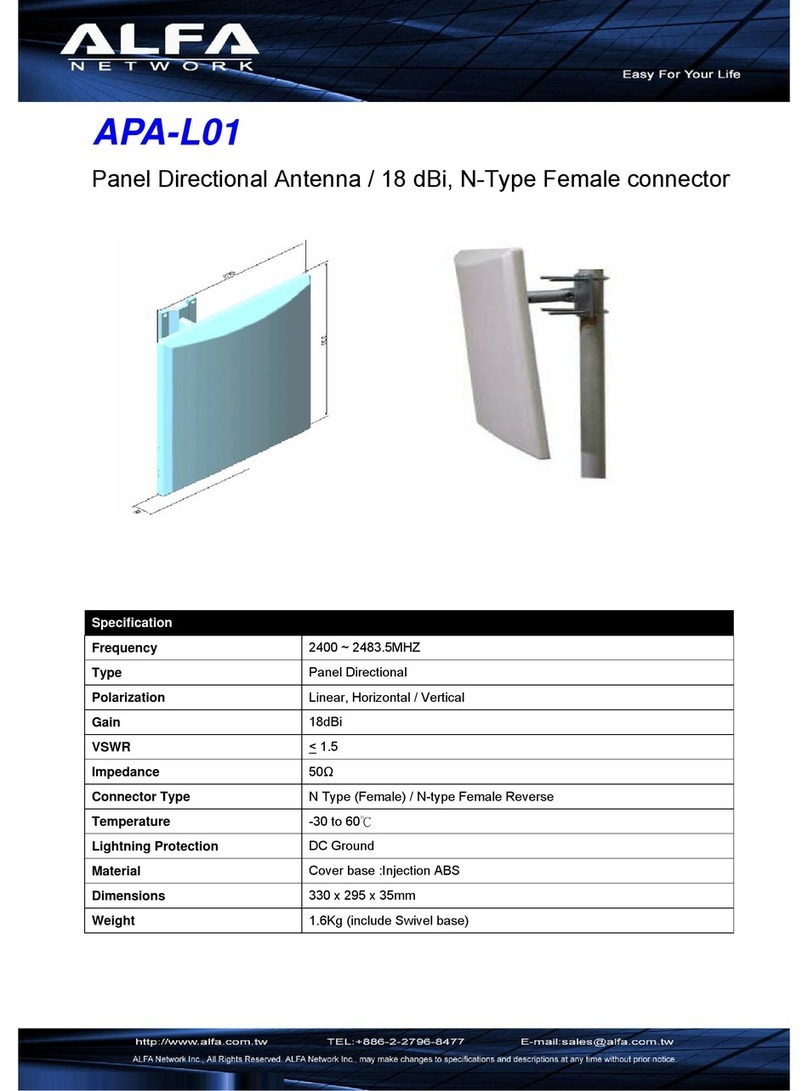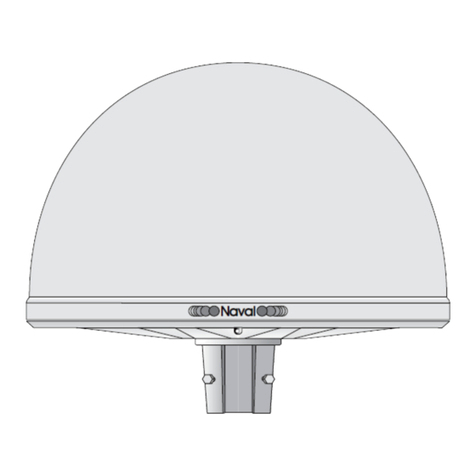Parsec Antennas Falcon Series User manual
Other Parsec Antennas Antenna manuals
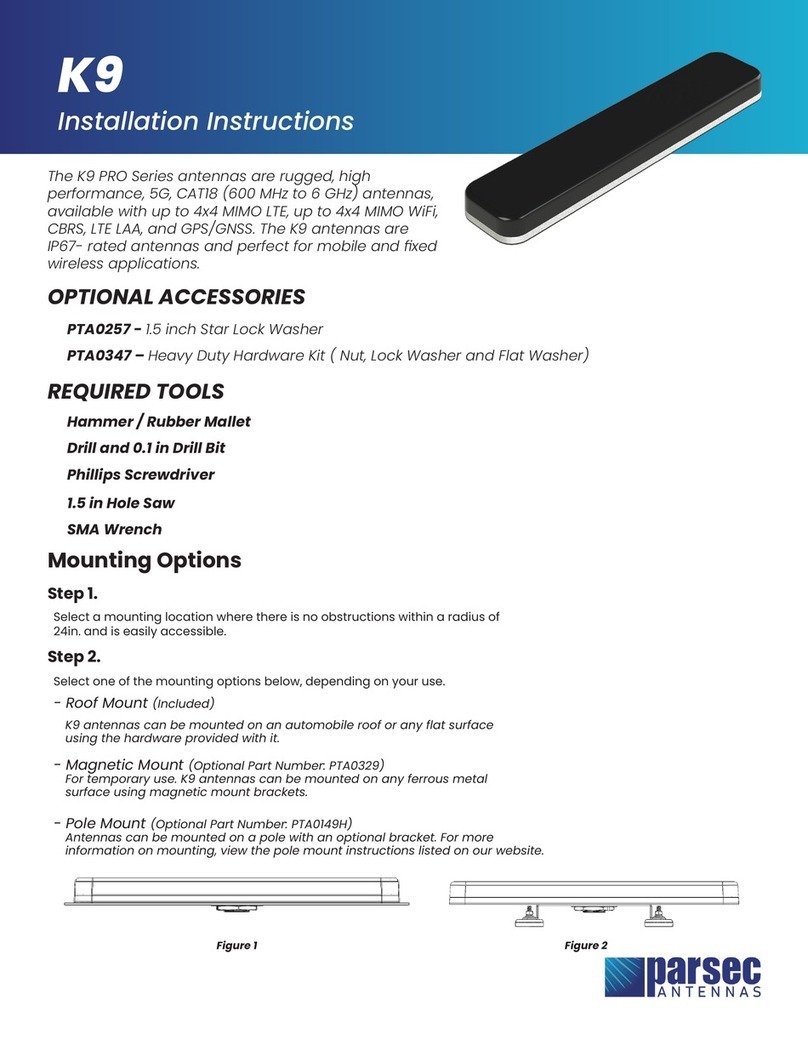
Parsec Antennas
Parsec Antennas K9 User manual
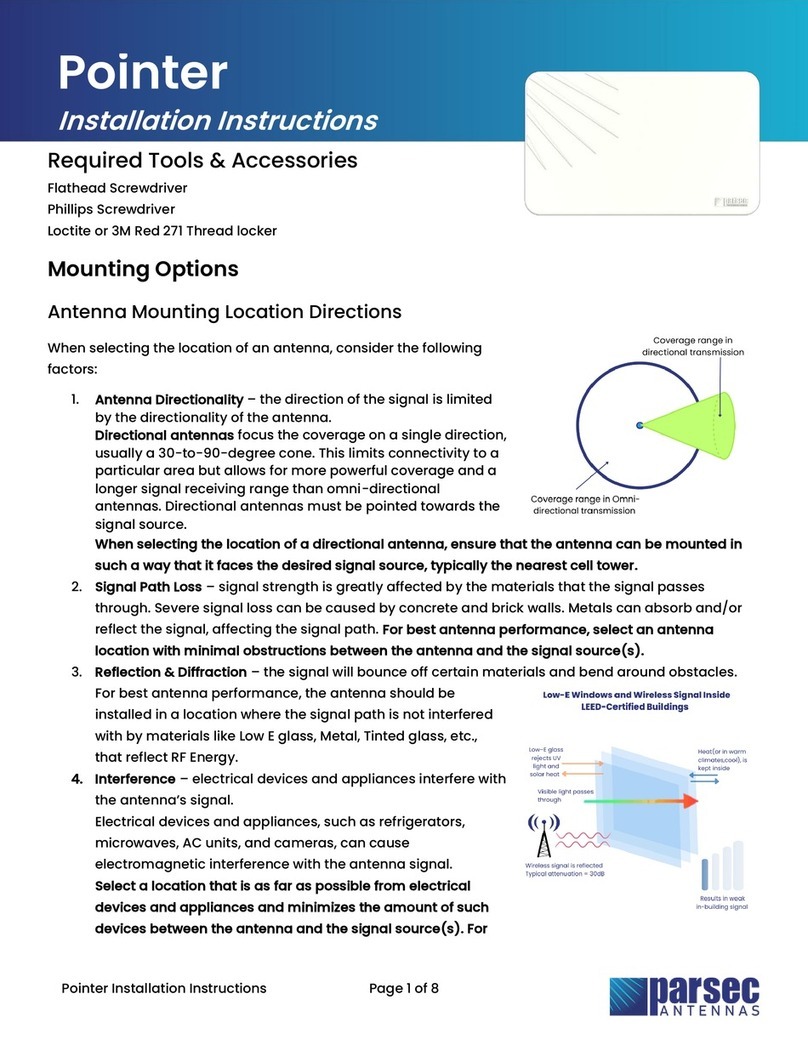
Parsec Antennas
Parsec Antennas Pointer User manual
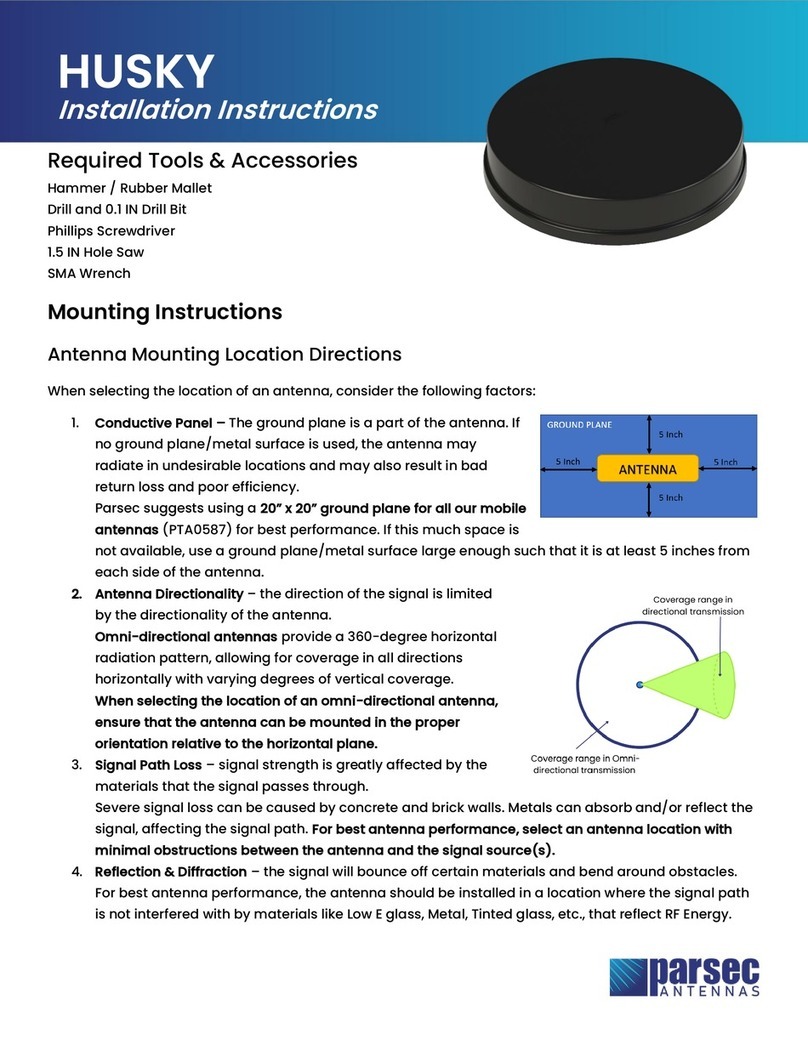
Parsec Antennas
Parsec Antennas Husky Series User manual
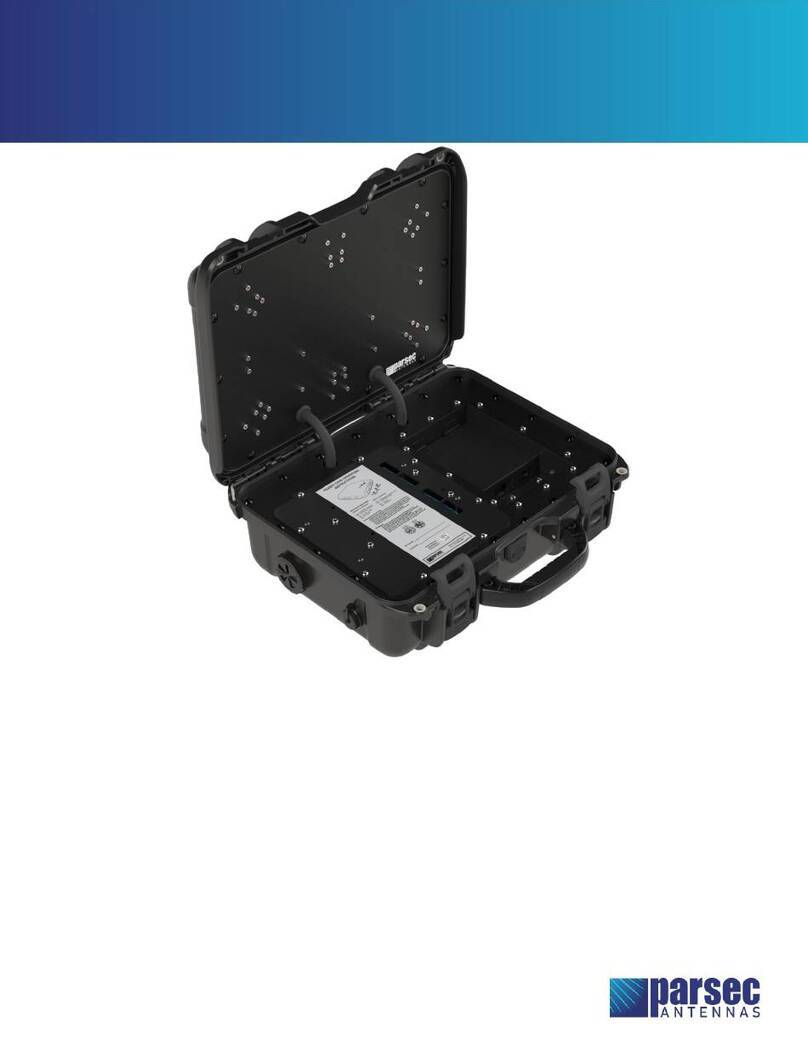
Parsec Antennas
Parsec Antennas BERNESE MOUNTAIN DOG G2 User manual
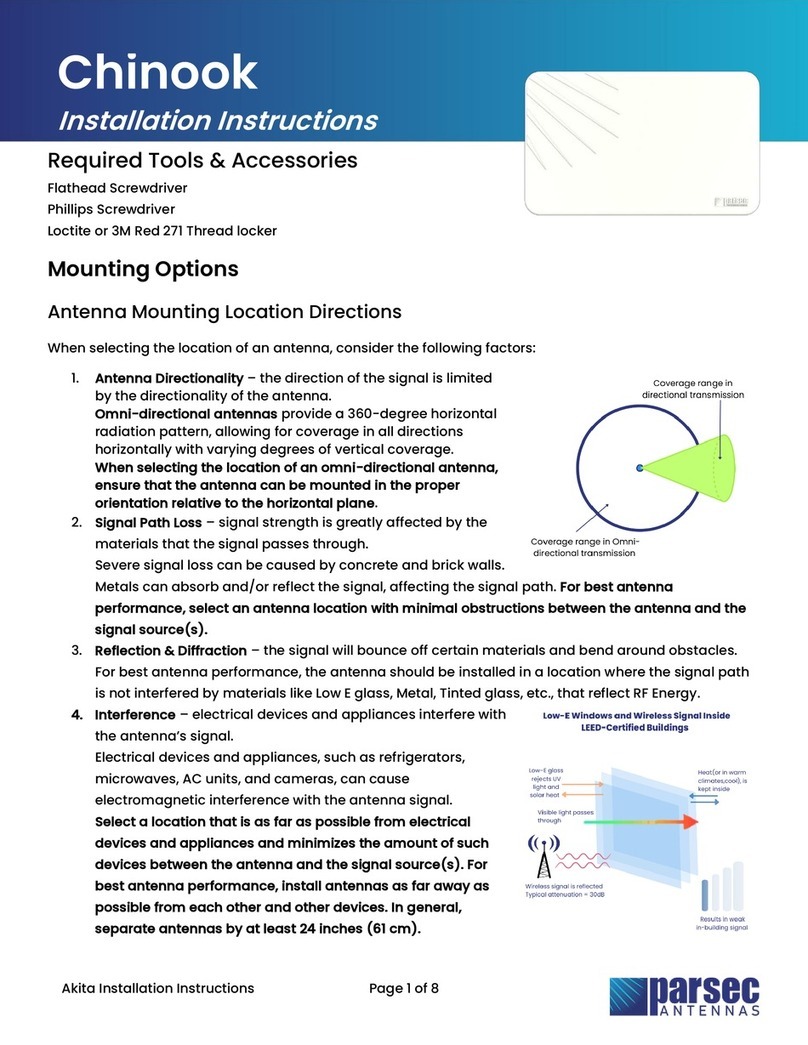
Parsec Antennas
Parsec Antennas Chinook User manual
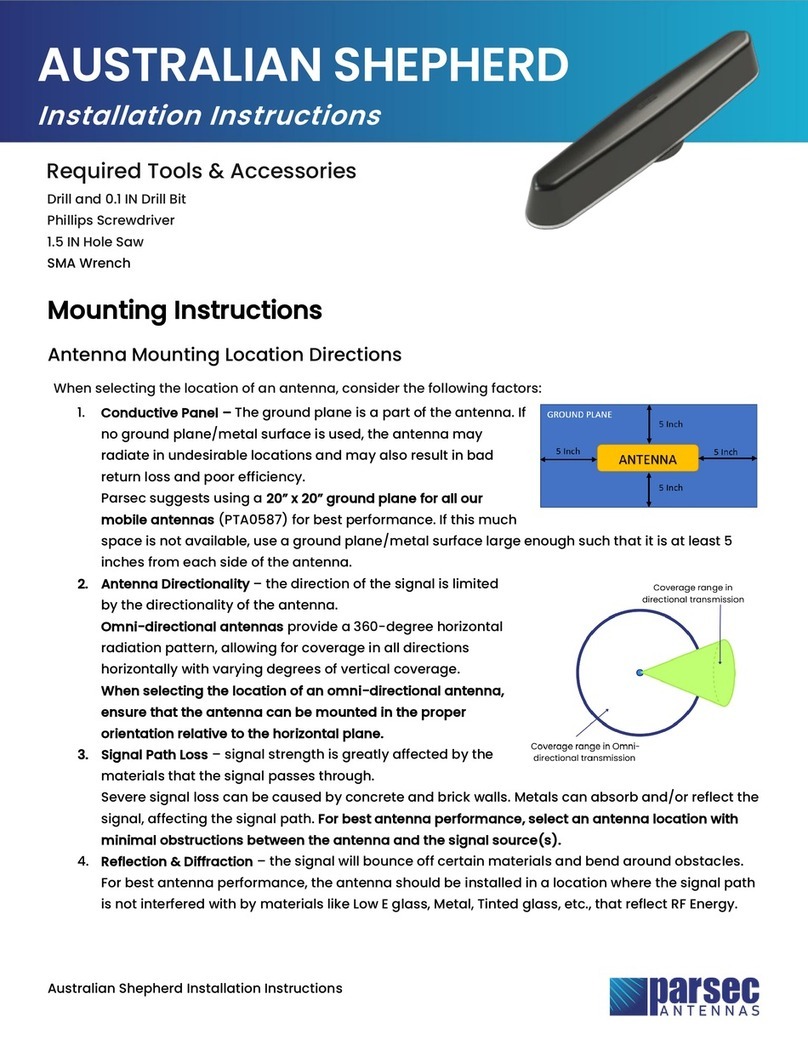
Parsec Antennas
Parsec Antennas AUSTRALIAN SHEPHERD User manual

Parsec Antennas
Parsec Antennas AKITA LITE User manual

Parsec Antennas
Parsec Antennas BLOODHOUND R19D User manual
Popular Antenna manuals by other brands

DAVIS
DAVIS Windex AV 3160 installation instructions
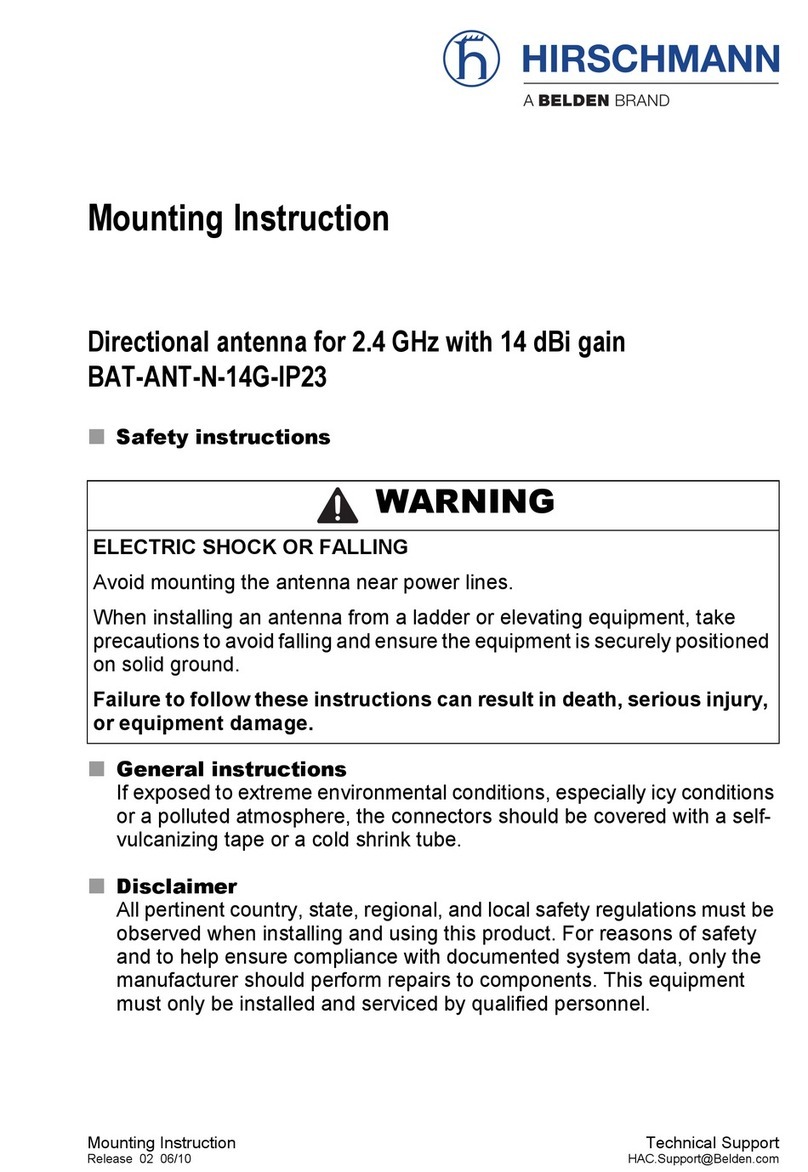
Belden
Belden Hirschmann BAT-ANT-N-14G-IP23 Mounting instruction
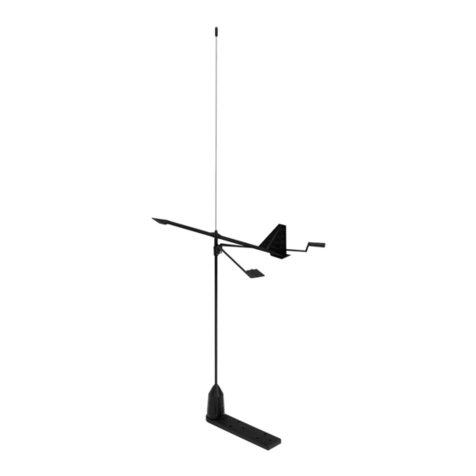
Vtronix
Vtronix YHK Fitting instructions
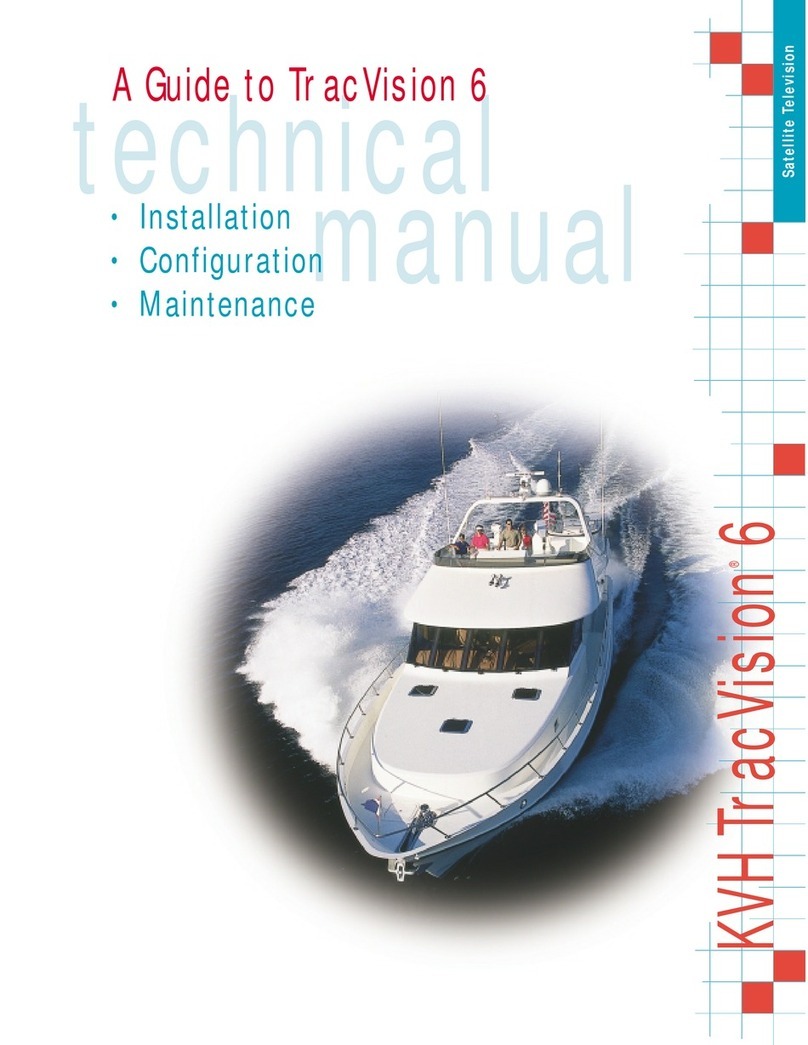
KVH Industries
KVH Industries TracVision 6 Technical manual

Leica Geosystems
Leica Geosystems GS10 user manual
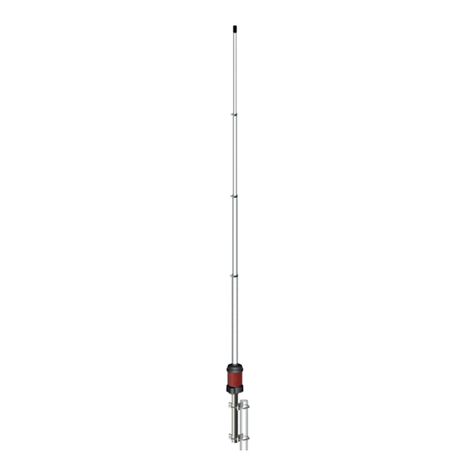
Sirio Antenne
Sirio Antenne Gain-Master manual
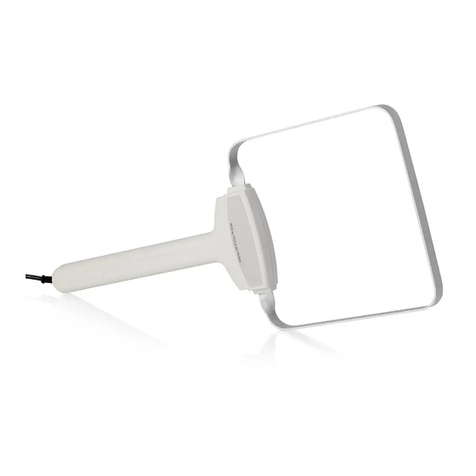
Feig Electronic
Feig Electronic ID ISC.ANTH200/200 Series manual
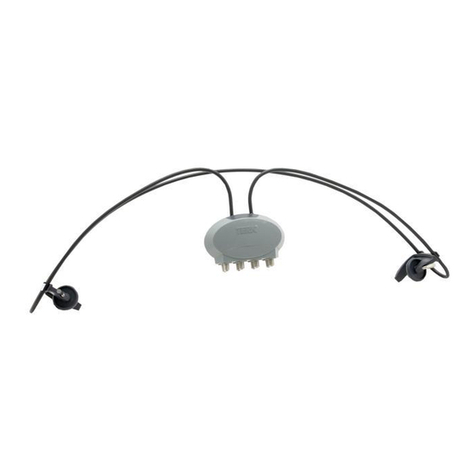
TERK Technologies
TERK Technologies TV44 owner's manual
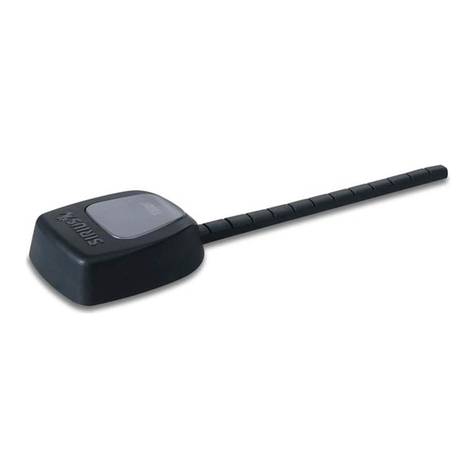
TERK Technologies
TERK Technologies SIR3 owner's manual
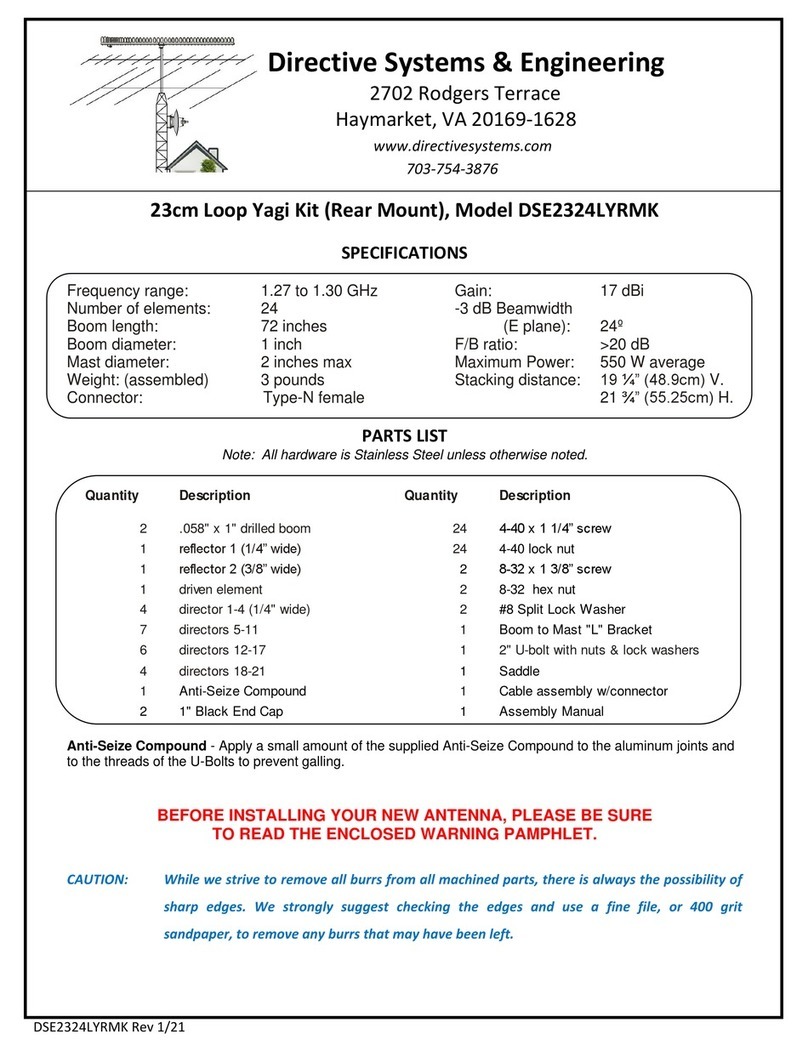
Directive Systems & Engineering
Directive Systems & Engineering DSE2324LYRMK quick start guide

HP
HP J8999A instructions
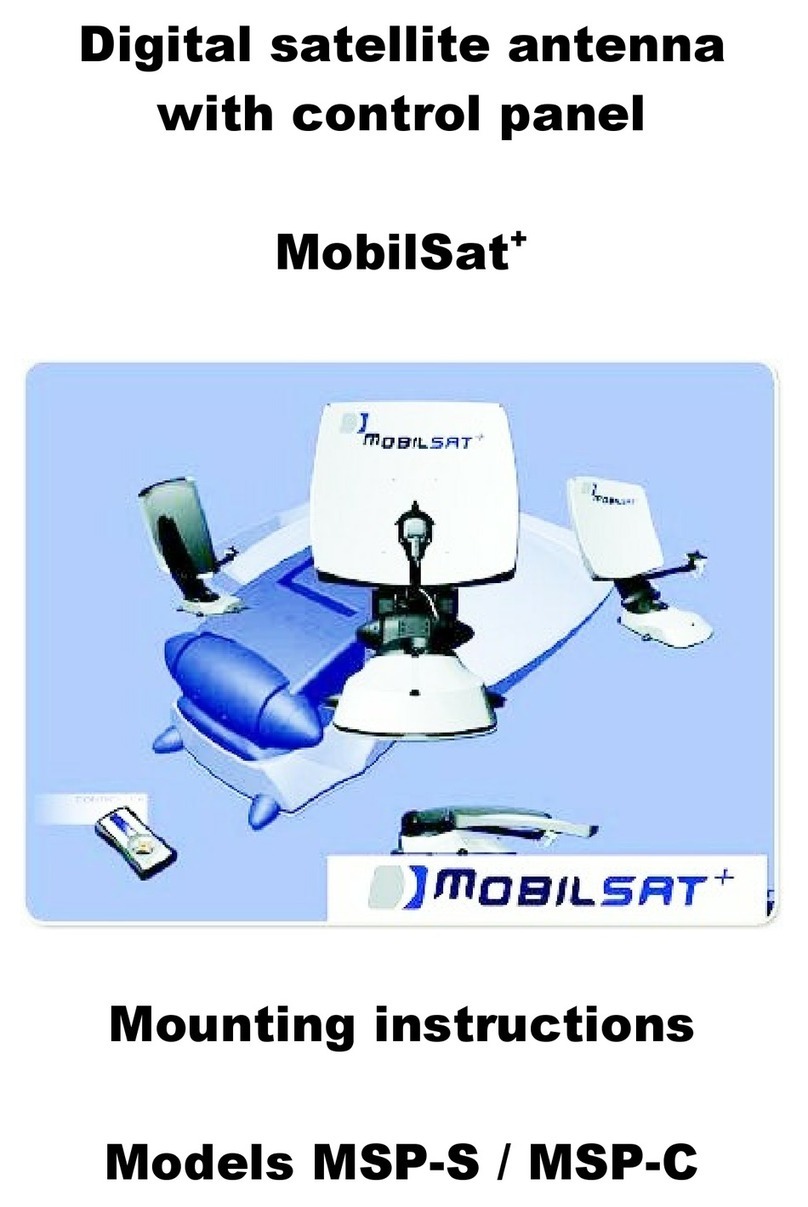
MobilSat
MobilSat MSP-S Mounting instructions
